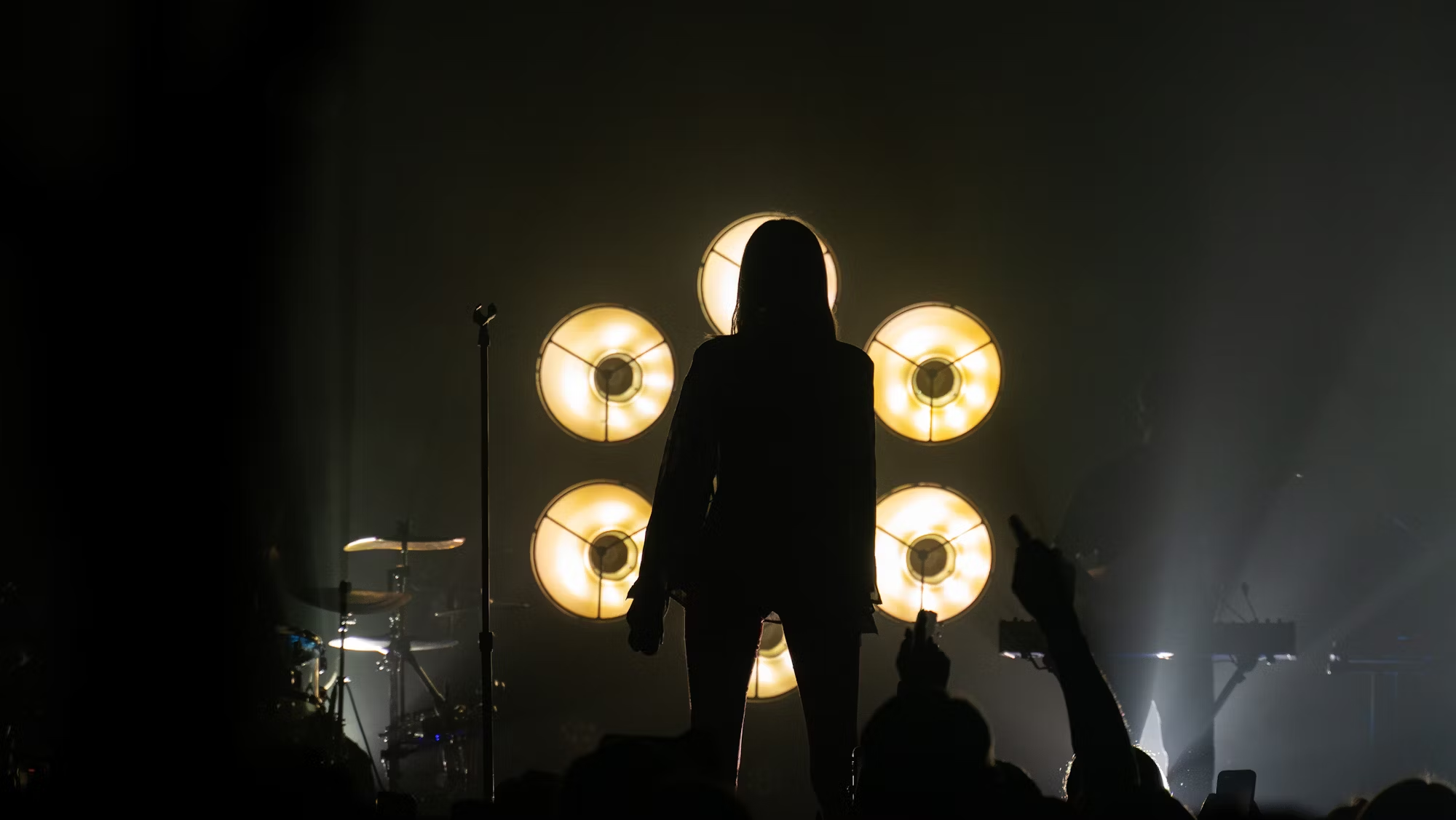The setlist is a crucial component of any live concert, serving as the roadmap for the performance. It reflects not only the artist’s musical choices but also their intention to create a memorable experience for the audience. Crafting the perfect setlist involves a blend of artistry, strategy, and audience engagement, transforming a mere collection of songs into a dynamic and cohesive performance. In this article, we will explore the art of the setlist, its impact on concerts, and how artists navigate the delicate balance between personal expression and audience expectation.
At its core, a setlist is more than just a list of songs. It is a curated experience designed to take the audience on a journey. The order in which songs are performed can dramatically affect the energy and flow of the concert. Artists often start with a strong opener to grab attention, followed by a mix of familiar hits and deeper cuts to keep the audience engaged. The pacing of the setlist is essential; a well-structured sequence can evoke various emotions, transitioning from high-energy tracks to more introspective moments.
One of the key elements in crafting a setlist is understanding the audience. Artists must consider the demographics and preferences of their fans, often tailoring the setlist to suit the specific venue or event. For instance, a festival performance may require a different approach than a headline show at a concert hall. The goal is to create an inclusive atmosphere where every fan feels a connection to the music being played. By striking a balance between popular hits and lesser-known songs, artists can offer a well-rounded experience that resonates with both casual listeners and die-hard fans.
Another aspect of setlist creation involves the use of transitions and medleys. Smooth transitions between songs can enhance the overall flow of the concert, maintaining the audience’s energy and engagement. Medleys—combining snippets of multiple songs—allow artists to showcase their versatility while keeping the performance dynamic. This technique not only excites fans but also introduces them to different facets of the artist’s repertoire, fostering a deeper appreciation for their work.
In addition to emotional flow and audience engagement, the setlist often reflects the artist’s current creative direction. Artists may choose to highlight new material, presenting it alongside classics that fans already love. This blend of the familiar and the fresh can generate excitement and anticipation, encouraging fans to embrace the artist’s evolving sound. Premiering a new song during a live performance can create a sense of exclusivity, as audience members feel like they are part of a special moment in the artist’s journey.
The importance of the setlist extends beyond the performance itself; it also shapes the narrative of the concert. Each song contributes to a larger story, allowing the artist to communicate themes and messages throughout the show. For example, an artist might choose to explore themes of love, loss, or resilience, guiding the audience through an emotional landscape that reflects their experiences. This storytelling aspect adds depth to the concert, allowing fans to connect with the music on a personal level.
Furthermore, many artists embrace the element of surprise in their setlists. Spontaneity can enhance the concert experience, whether through unexpected song choices, guest appearances, or unique arrangements. For instance, an artist might choose to perform a fan favorite that they haven’t played in years, eliciting cheers and excitement from the audience. These surprise elements not only delight fans but also foster a sense of community, as attendees share in the joy of a memorable moment.
In the age of social media, setlists often become a topic of discussion before and after concerts. Fans eagerly anticipate what songs will be included, sharing their predictions and preferences online. After the show, setlists are frequently posted and debated, with fans analyzing the choices made by the artist. This dialogue enhances the concert experience, as it allows fans to engage with the music and each other beyond the performance itself.
As artists continue to evolve, so too do their approaches to setlist creation. Some musicians opt for thematic setlists, where each performance revolves around a specific concept or narrative. This approach can create a more immersive experience, drawing the audience into a cohesive story that unfolds over the course of the concert. Thematic setlists challenge artists to think creatively about how to present their music, often resulting in innovative arrangements and fresh interpretations.
In conclusion, the art of the setlist is a vital aspect of live music that significantly impacts the concert experience. From crafting emotional arcs to engaging with the audience, artists invest considerable thought into each song choice and arrangement. The setlist serves as both a performance tool and a storytelling device, transforming a collection of songs into a captivating journey. As the landscape of live music continues to evolve, the setlist will remain a central element, reflecting the artistry and creativity of performers while enhancing the connection with their fans.
